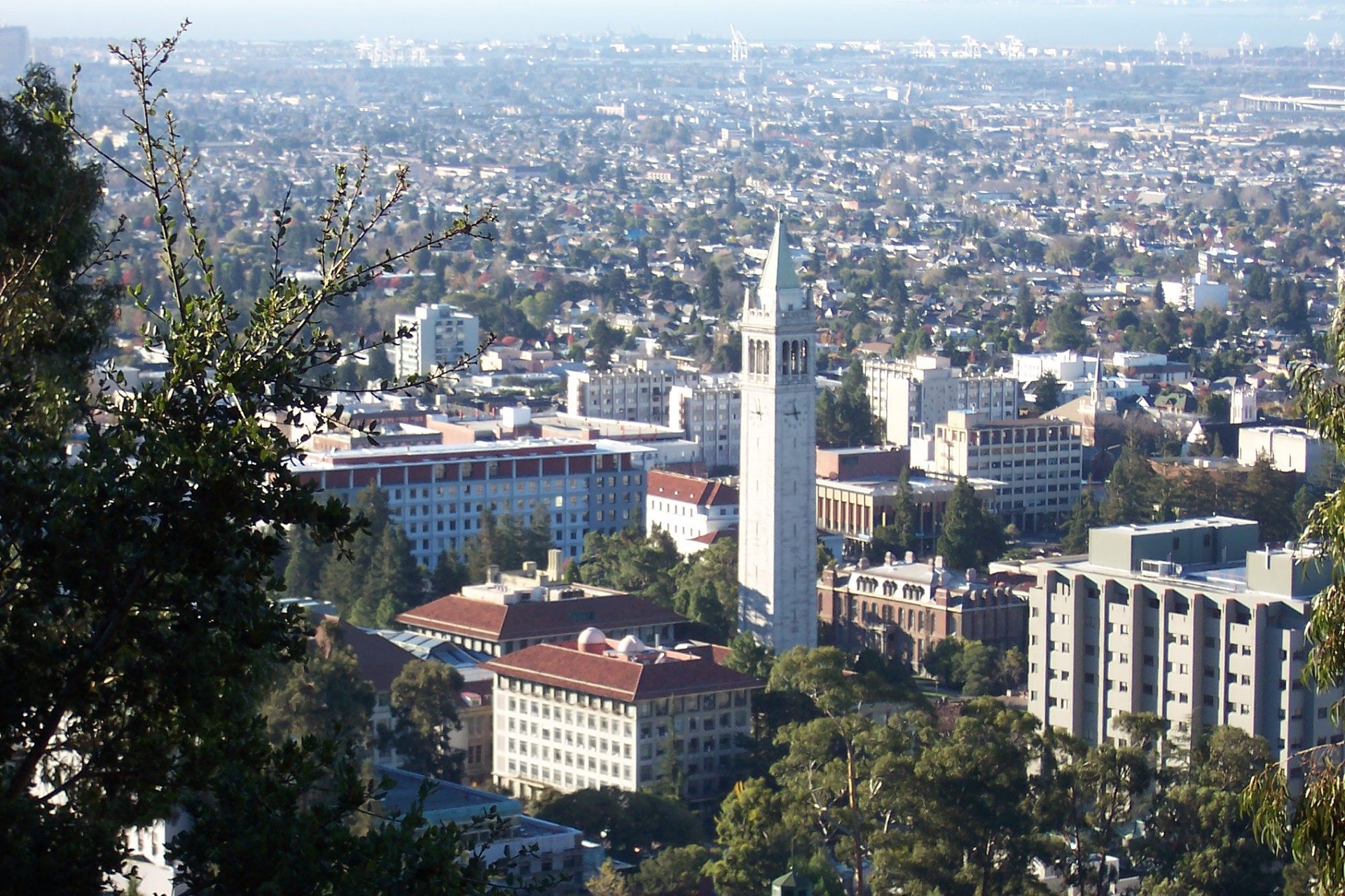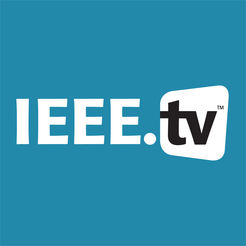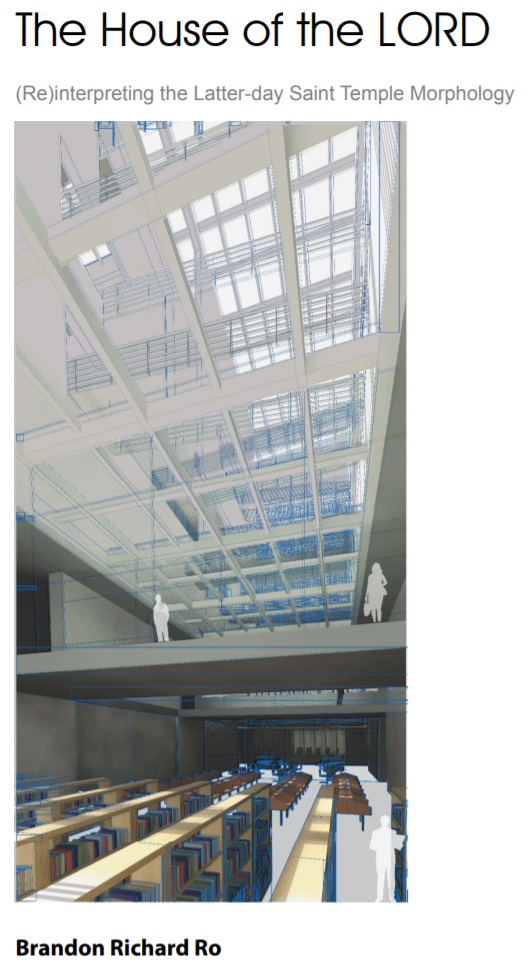Tag Archives: California
- Home
- Posts tagged "California" (Page 4)

Coming Apart
This content is accessible to paid subscribers. To view it please enter your password below or send mike@standardsmichigan.com a request for subscription details.
Are American College Campuses ‘Free Speech Zones’?
This content is accessible to paid subscribers. To view it please enter your password below or send mike@standardsmichigan.com a request for subscription details.
Backflow
The University has a strong reputation for research and innovation in many fields related to the prevention of backflow incidents:
Viterbi School of Engineering has a dedicated Environmental Engineering program that focuses on water quality and management. This program has faculty members who are experts in water treatment and distribution systems, including backflow prevention technologies. The school also offers research opportunities for graduate students to work on water-related projects, including those related to backflow prevention.
Keck School of Medicine has a Department of Preventive Medicine that conducts research on environmental health, including waterborne diseases and contamination. This department has published research on the prevention of waterborne disease outbreaks and the importance of backflow prevention measures in protecting public health.
The USC Environmental Health and Safety department is responsible for overseeing the safety and compliance of the university’s facilities, including its water systems. EH&S works closely with the university’s Facilities Management Services to ensure that backflow prevention measures are in place and maintained.
The USC Foundation drafts definitions and specifications covering cross-connection control and the assemblies required for the prevention of backflow.
Evensong “Waltz for Young Lovers”
This content is accessible to paid subscribers. To view it please enter your password below or send mike@standardsmichigan.com a request for subscription details.
Smart Medical Campus Power

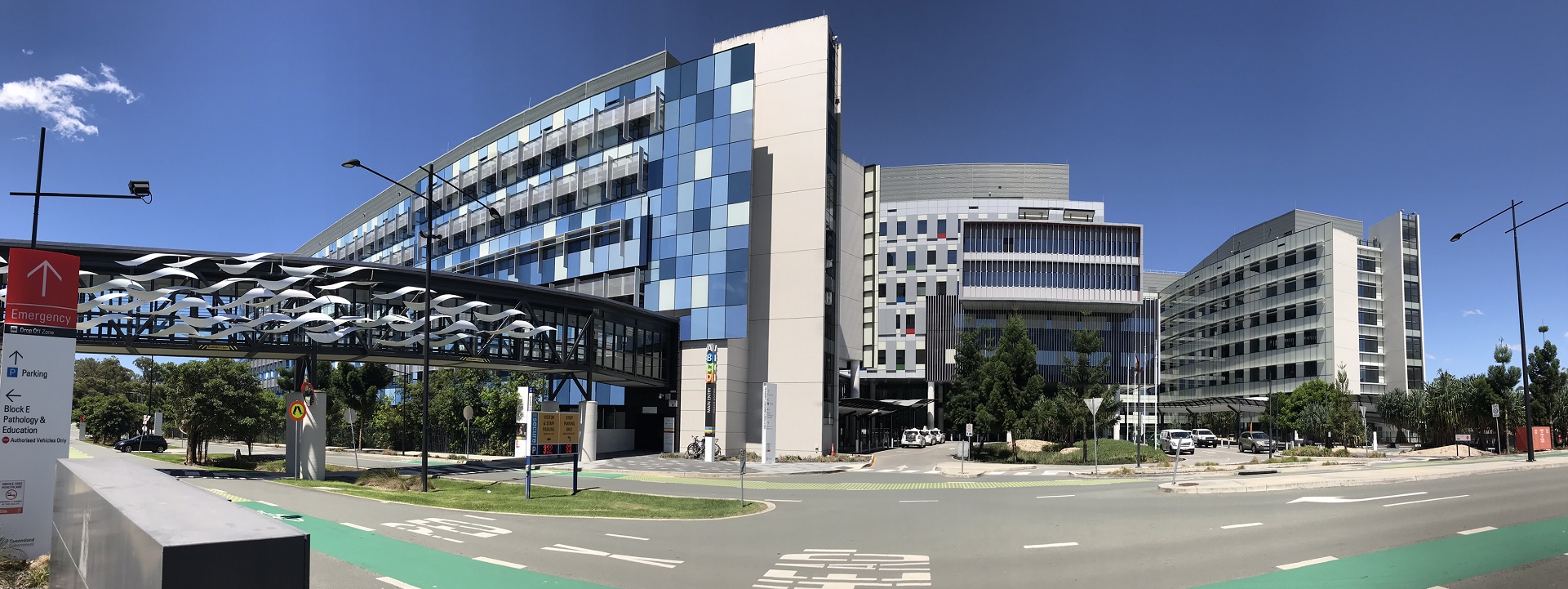
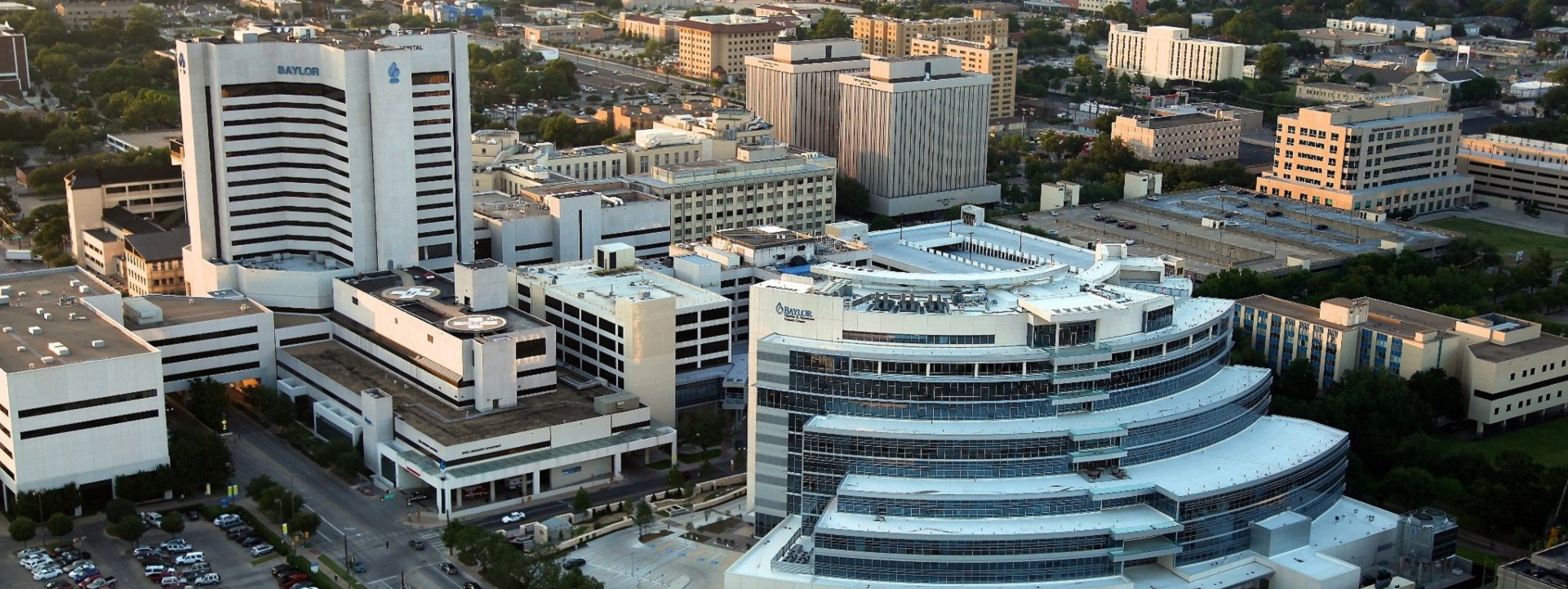
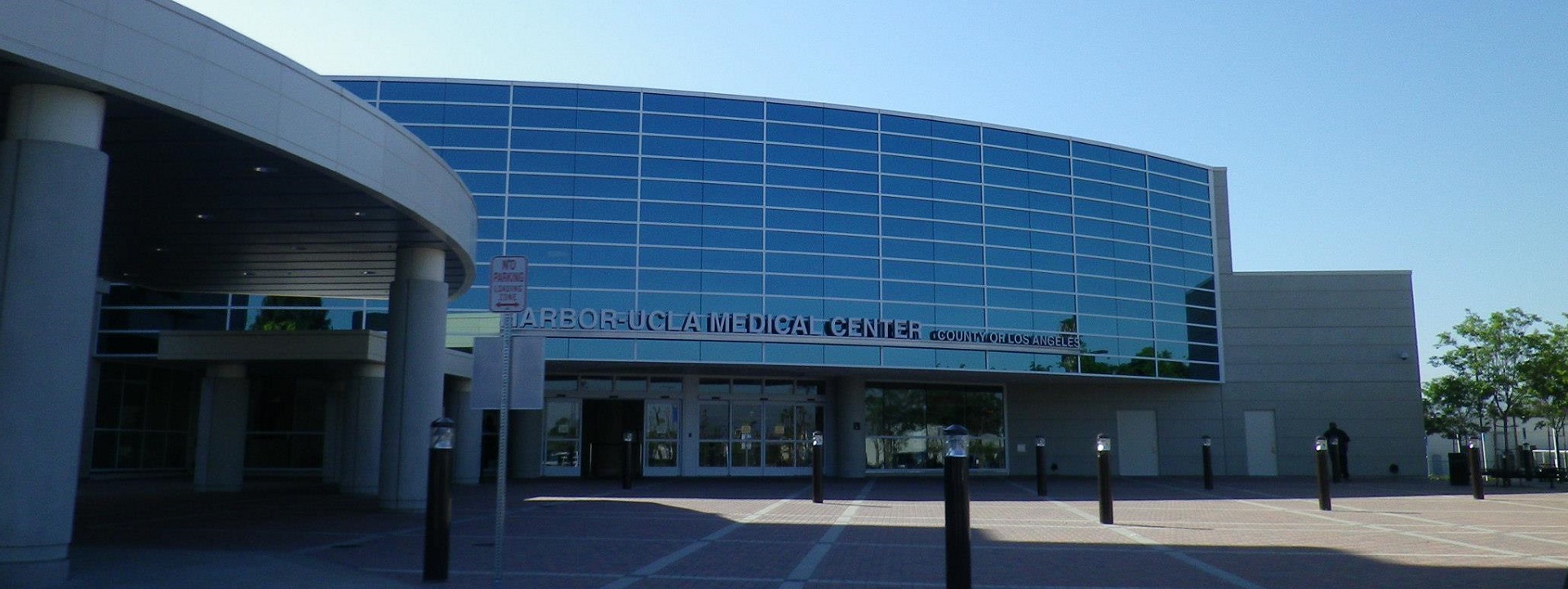
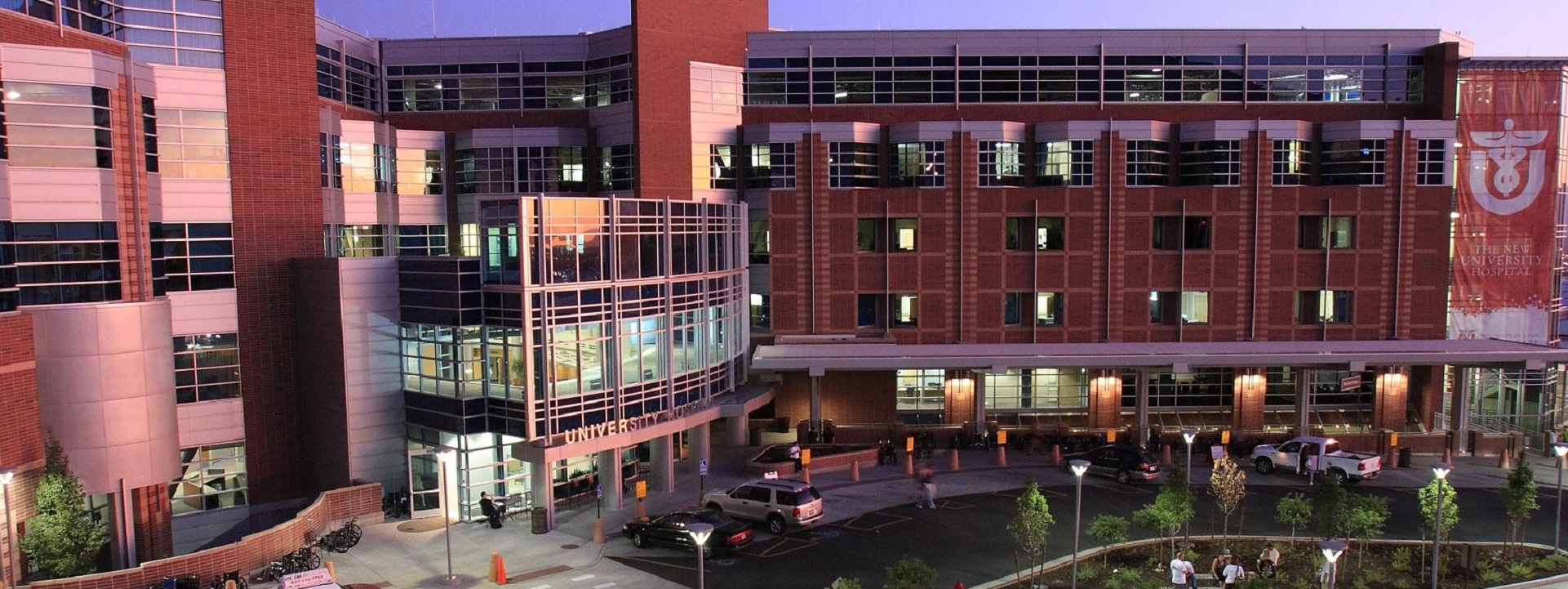
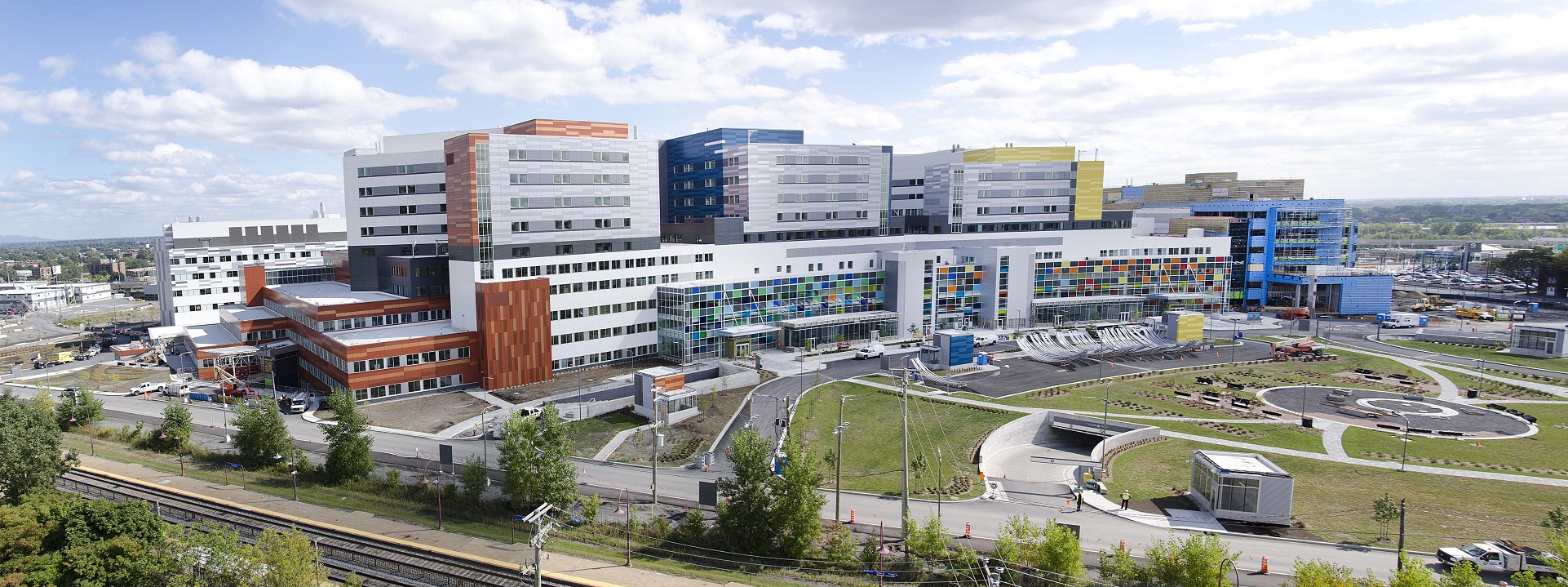
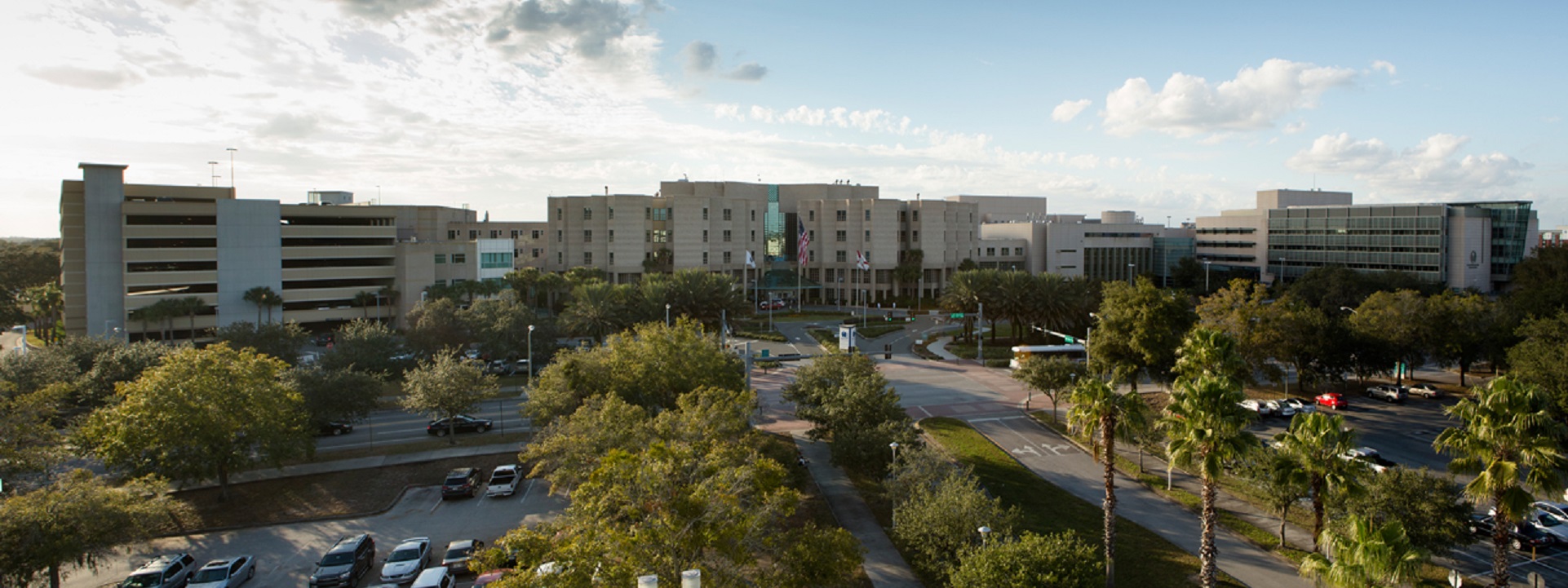
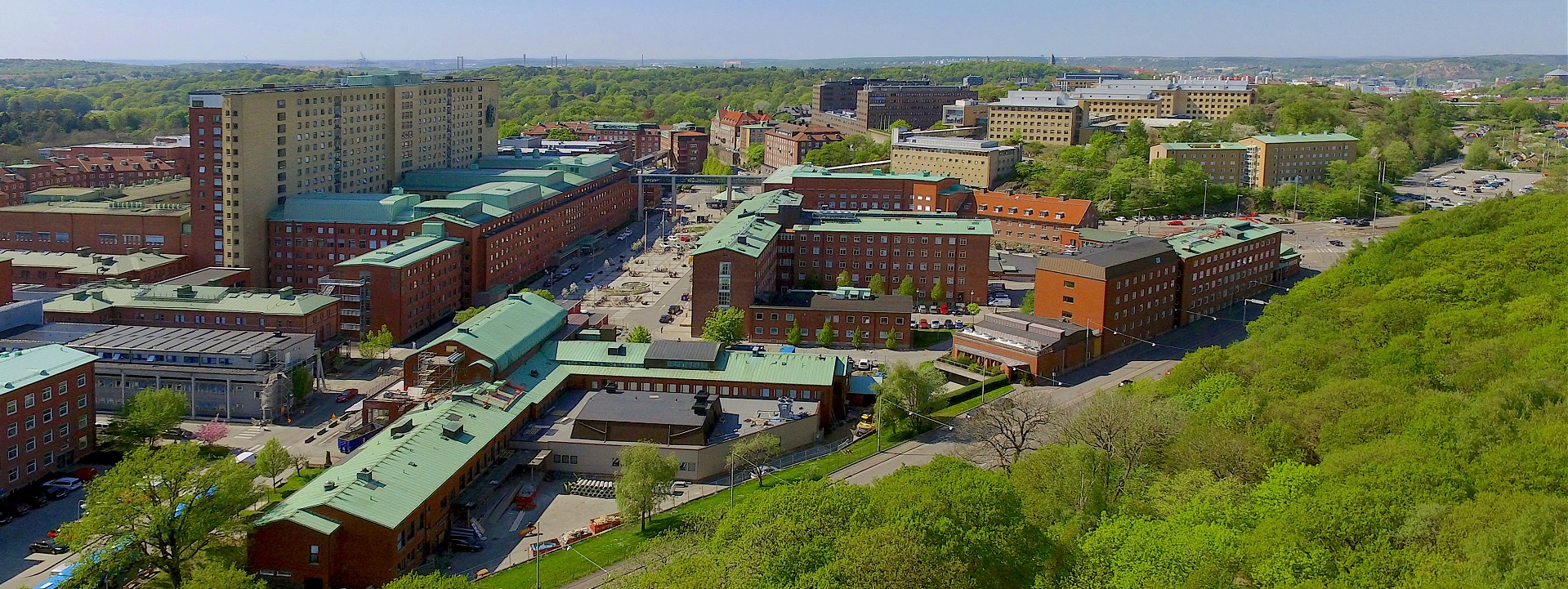
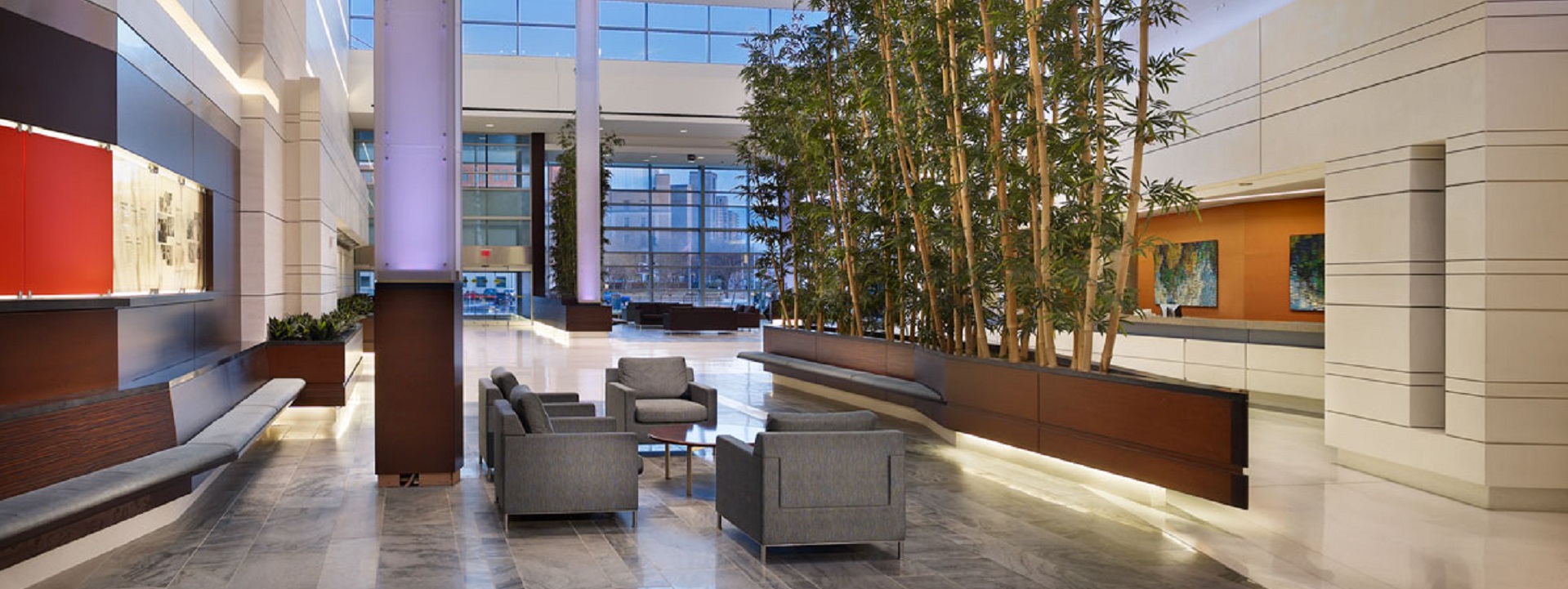
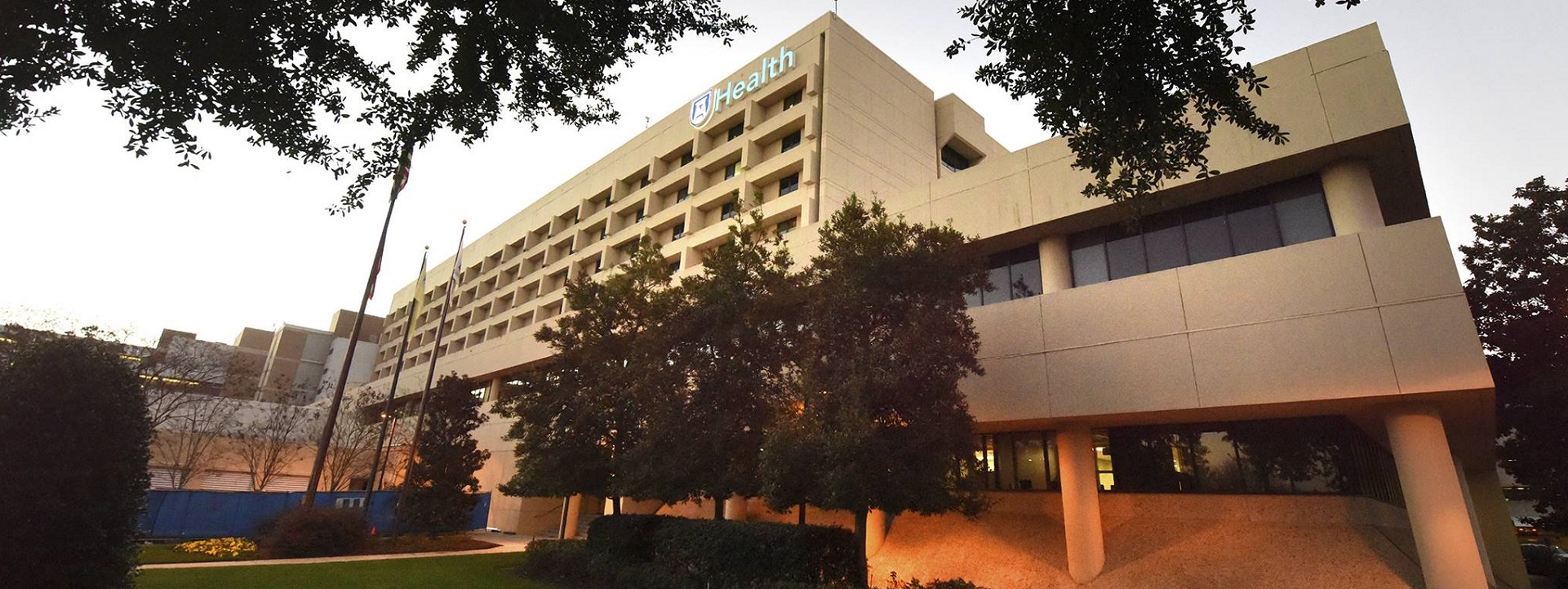
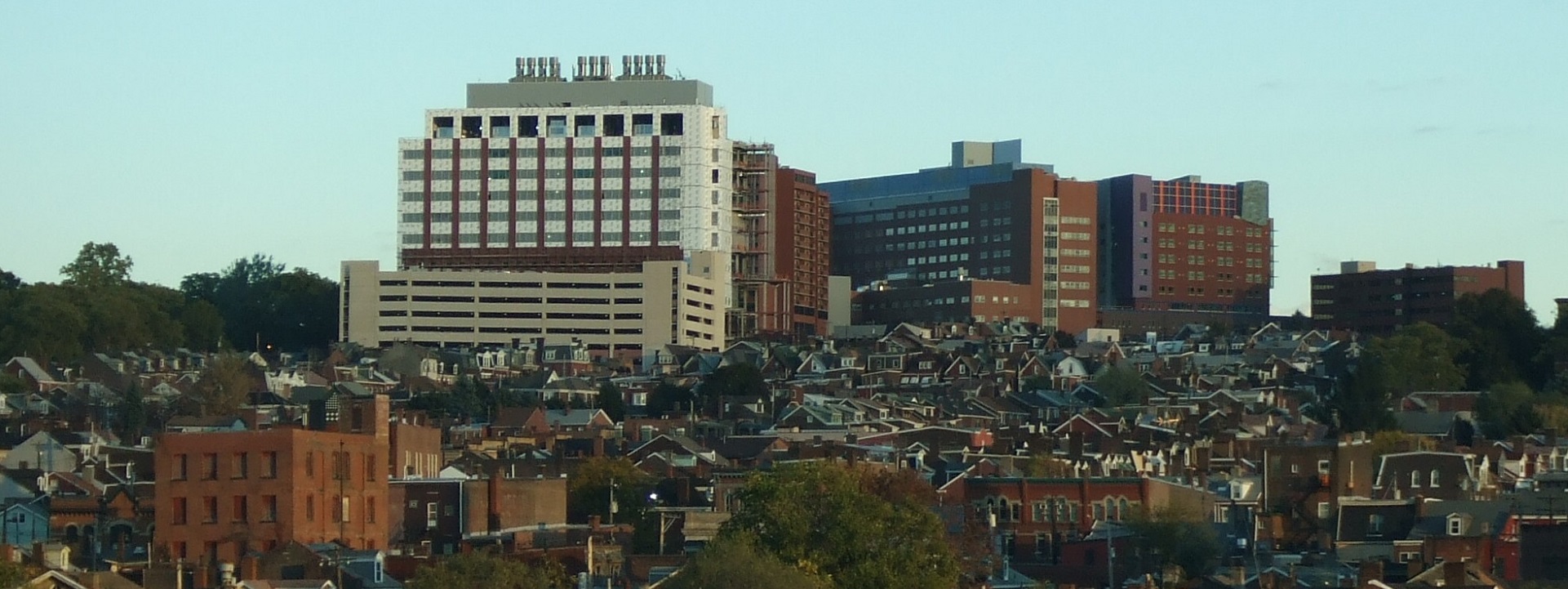
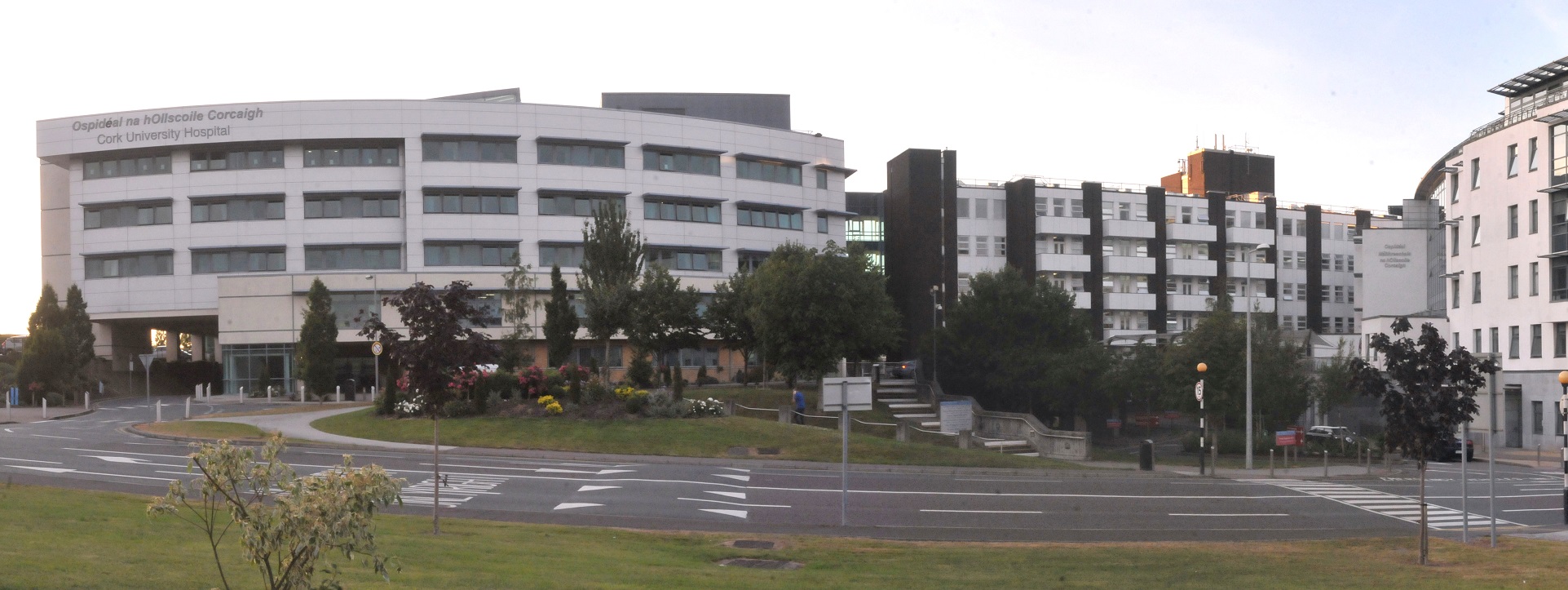
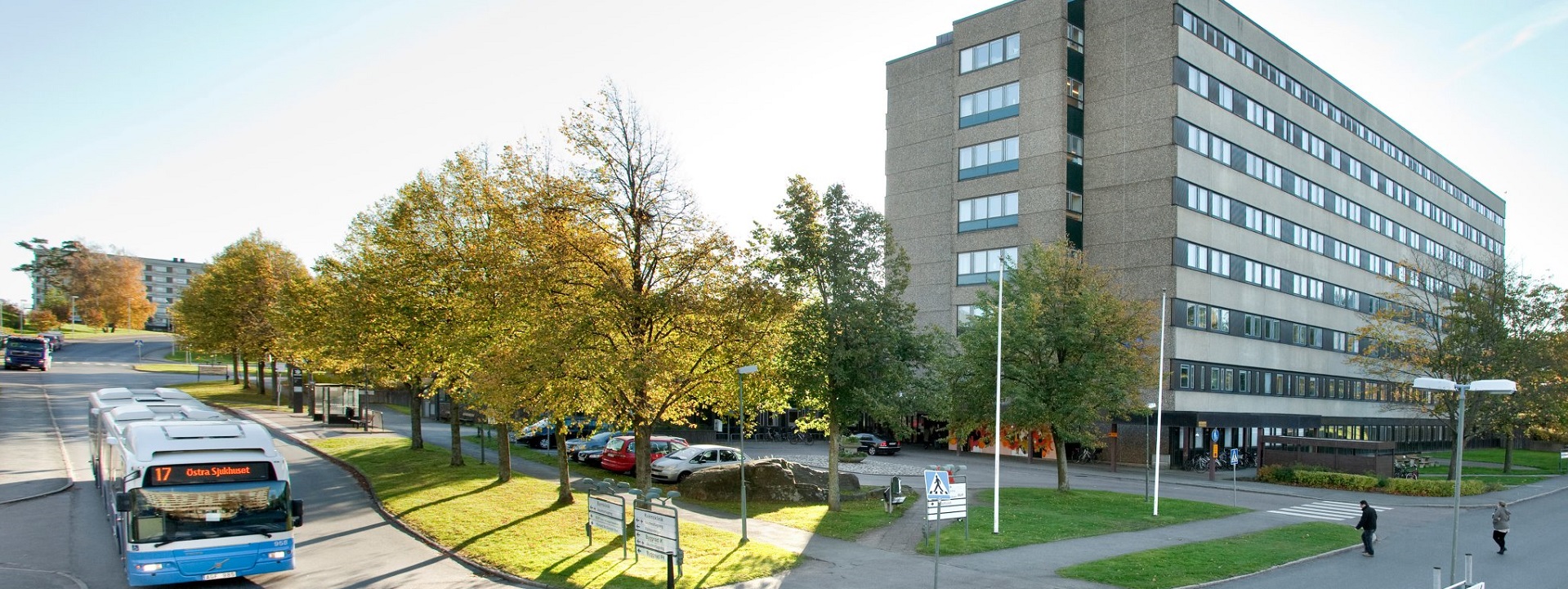
One of the standing items on our advocacy agenda for the better part of 10 years has been to promote formal reliability studies and impedance grounding methods to increase the reliability of large customer-owned power grids that are common in the education industry. These approaches are already applied in data centers and mission critical facilities; we simply suggest scaling them upward onto medium voltage campus power grids — starting with university-affiliated medical campus power grids. In California, for example, there are fire safety benefits to impedance grounding since California has significant seismic risks. Impedance grounding can limit damages to campus buildings in disaster and it can hasten the return to the normal power distribution operation. Formal reliability studies offer insight into the performance of for the utility interactive power systems common on university-affiliated medical campuses.
More details are described in the video recordings below.
![]()
Issue: [11-25]
Category: Electrical, #SmartCampus, Facility Asset Management
Colleagues: Mike Anthony, Robert G. Arno, Neal Dowling, Jim Harvey, Kane Howard, Jerry Jimenez, Jim Murphy,
LEARN MORE:
IEEE PC62.92.5: Guide for the Application of Neutral Grounding in Electrical Utility Systems, Part V-Transmission Systems and Subtransmission Systems. The scope of this document is to give the basic factors and general considerations in selecting the class and means of neutral grounding for a particular ac transmission or subtransmission system, and the suggested method and apparatus to be used to achieve the desired grounding. Definitions of grounding terms used in this part of the guide can be found in IEEE Std C62.92.1(TM)-2017.
Posted August 1, 2018
For the past several revision cycles of the NFPA 70 suite* of electrical consensus documents we have been advocating stronger language in National Electrical Code Article 250 (NFPA 70) for other-than-solid grounding methods for large campus power distribution systems. These resistance system grounding methods face stiff “technical-cultural” headwinds from the electrical design and enforcement community that are most comfortable with solid system grounding methods. Safety and reliability design approaches based upon subtleties in resistance grounding regimes are applied routinely in data centers. They are easily conveyed onto 5 to 500 MVA campus power systems at moderate cost.
In the video presentation to the IEEE Education & Healthcare Facilities Committee we find that the University of California Berkeley has had a resistance grounded system in place for decades — a system that has dramatically reduced fault energy to which electricians are exposed and provides a signature for instrumentation to provide early warning of a condition that would lead to a forced power outage. Forced power outages on many college and university campuses can cost millions of dollars per minute.
NEC Code Panel 5 received public input for the 2020 National Electrical Code revision. Of particular interest is the public input on Section II System Grounding. The public input and the results of the balloting are available by clicking here. The National Fire Protection Association Electrical Division is now in the process of preparing the results for public comment on July 6th.
Comments are due August 30th.
We hope to continue our enlightenment of education facility managers about the possibility of safer and more reliable campus power systems as the emergent #SmartCampus accelerates. While there is already competition among trade associations and the event industry for ownership of the #SmartCampus space we think we have the authoritative voice. We collaborate closely with the IEEE Industrial Applications Society that is developing a recommended practice for smarter campus power systems (see ANSI/IEEE Recommended Practice for the System Grounding of Industrial and Commercial Power Systems 3003.1).
All NFPA consensus documents are on the standing agenda of our weekly Open Door teleconference every Wednesday, 11 AM Eastern Time. Click here to log in. This topic and others will also be on the agenda of the September 11th online meeting of the IEEE Education & Healthcare Facilities Committee; also open to the public. Click here to log in.
Issue: [11-25]
Category: Electrical, #SmartCampus, Facility Asset Management
Colleagues: Mike Anthony, Jim Harvey, Kane Howard, Jerry Jimenez, Jim Murphy, Richard Robben
* By NFPA 70 suite we mean the following:
NFPA 70 National Electrical Code
NFPA 70A National Electrical Code Requirements for One- and Two-Family Dwellings
NFPA 70B Recommended Practice for Electrical Equipment Maintenance
In viaggio con l’istruzione
Founded in 1917 by L. L. Nunn who made a fortune building alternating current power plants in the Western United States. Nunn’s first projects—a hydroelectric plant in Telluride, Colorado and the Olmsted Power Station in Provo, Utah—served as the foundation for his inspiration to create a new type of educational institution.
Deep Springs College is located in eastern California and known for its rigorous academic program and its emphasis on student self-governance. The college admits only about 14 students per year, and all students receive full scholarships to cover tuition, room, and board.
House of the Lord
“Sacred space provides a nexus between form, function, and meaning and provides an occasion for discovering multi-dimensional avenues of spirituality. I have chosen to explore the concept of contemporary sacred space in the context of designing a temple for The Church of Jesus Christ of Latter-day Saints, also referred to as the Mormon Church.
The explosive growth of the Church establishes the need for an in depth study of the Mormon temple typology. In particular, the cultural politics of the Church present a rare opportunity in Church history that is favorable to design innovations. While the design of Mormon temples has been highly criticized by architects, historians, and educators, the topic is typically poorly understood and regularly neglected in architectural discourse. There are many opportunities to shed light on misunderstandings. This paper conducts a comparative analysis of Mormon sacred architecture by looking specifically at the historical interconnectivity between morphology and typology.
Ultimately, the purpose of this research is to strengthen my design proposal for a Mormon temple in Rome, Italy. While there are certainly social, political, and religious challenges associated with such a proposal, my research seeks to prove that it is a rare and promising design venture. It presents an exciting opportunity for architecture to act as an ambassador of the Mormon religion, express the true essence of its principles, and to display aesthetic sensitivity to Rome’s rich cultural history while simultaneously representing the identity of the Mormon Church. It also presents an opportunity to open a new chapter in the history of the Church’s temple designs, to break recent stereotypes, and to engage unexplored avenues within its own tradition. This research helps to establish the interrelationships between architecture (form), religion (ideals), ritual (function), and culture (environment). Ultimately, the fi nal design is a demonstration of the ritual architectural design process that makes possible the (re)interpretation of the Latter-day Saint temple morphology”
The Latter-day Saint temple in Utah, officially known as the Salt Lake Temple, is architecturally special for several reasons:
- Granite construction: The Salt Lake Temple is one of the few temples in the world made entirely of granite. The granite was quarried from nearby Little Cottonwood Canyon and transported to the temple site. The granite gives the temple a unique appearance and makes it a symbol of strength and durability.
- Gothic Revival architecture: The Salt Lake Temple is designed in the Gothic Revival style, which was popular in the mid-19th century. The style is characterized by pointed arches, ribbed vaults, and ornate decorations. The temple’s towers, spires, and pinnacles are also typical of Gothic Revival architecture.
- Symbolism: The Salt Lake Temple is full of symbolism that is significant to members of The Church of Jesus Christ of Latter-day Saints. The temple’s exterior features symbols of the sun, moon, and stars, which represent the celestial kingdom. The temple’s interior is also filled with symbols, such as the baptismal font, which represents the washing away of sins.
- Sealing rooms: The Salt Lake Temple has several sealing rooms where couples can be married or sealed for eternity. The sealing rooms are decorated with beautiful murals that depict scenes from the Bible and the Book of Mormon. The sealing rooms are considered sacred spaces where couples can make covenants with God and each other.
Overall, the Salt Lake Temple is a remarkable example of Gothic Revival architecture and is full of symbolism and meaning for members of The Church of Jesus Christ of Latter-day Saints. Its unique construction and beautiful design make it a beloved and recognizable landmark in Salt Lake City, Utah.
New update alert! The 2022 update to the Trademark Assignment Dataset is now available online. Find 1.29 million trademark assignments, involving 2.28 million unique trademark properties issued by the USPTO between March 1952 and January 2023: https://t.co/njrDAbSpwB pic.twitter.com/GkAXrHoQ9T
— USPTO (@uspto) July 13, 2023
Standards Michigan Group, LLC
2723 South State Street | Suite 150
Ann Arbor, MI 48104 USA
888-746-3670








